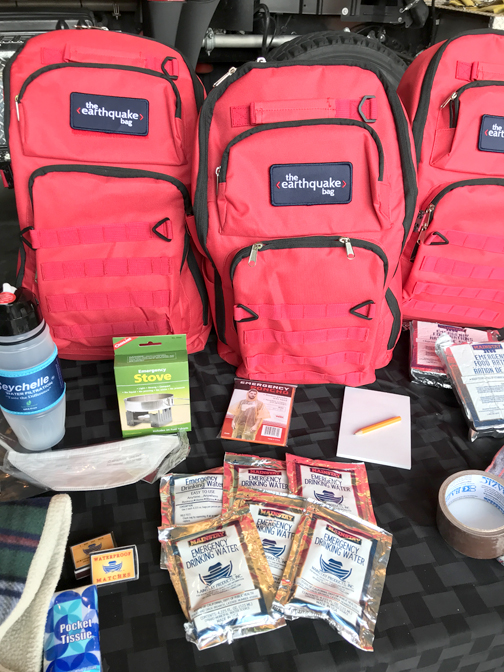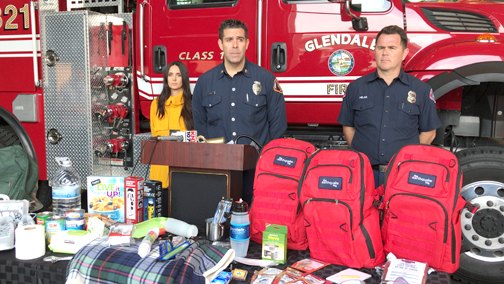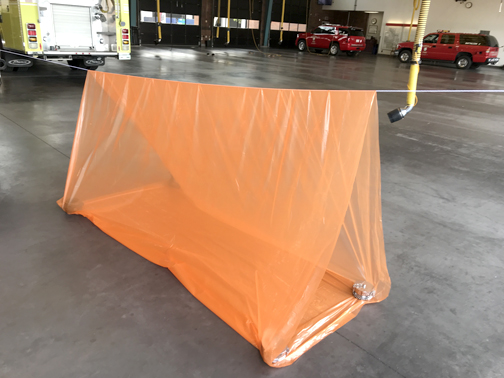
By Charly SHELTON
Yesterday was the 24th anniversary of the Northridge Earthquake. On Monday, Jan. 17, 1994 at 4:31 a.m., a 6.7 magnitude earthquake struck outside of Reseda and though the shaking lasted only 10 to 20 seconds, the force exerted on the ground was so intense that movement was felt as far away as Las Vegas, Nevada. More force was exerted on the ground; in fact, more than has ever been recorded by instruments, with a ground acceleration speed of 16.7 m/s², or 1.8g (for reference, the Seismological Society of America estimates that the peak ground acceleration in the 2010 Haiti earthquake to be approximately 0.5g in certain parts of Canape Vert). In addition, the highest peak ground velocity ever recorded came from this earthquake as well, with ground movement clocked at 4.09 mph. In total, 57 people died, over 5,000 were injured and the property damage was estimated as more than $20 billion.
Part of healthy living is being prepared to handle unexpected survival challenges. In a situation like an earthquake, residents must be prepared to be without immediate assistance for at least 72 hours, and possibly without major utilities like natural gas for up to six months. The best first step in being prepared for a disaster situation is having supplies in an earthquake kit.

Yesterday, the Glendale Fire Dept. held an event in conjunction with <the earthquake bag>, a company which creates custom earthquake bags based on individual needs that are shipped to the buyer’s door.
“Los Angeles is no stranger to earthquakes so it’s alarming to know that almost 50% of California residents still do not have emergency kits available in their home. Being prepared is extremely important because it takes a lot of the strain off the 911 system that allows first responders to respond to emergencies, save lives and save people who may be trapped,” said Anita Shandi, public information officer of the GFD. “The reality of our situation is that it’s not a matter of if but when a large magnitude earthquake will strike the region. When that happens it can take three or more days before emergency responders are able to reach you.”

A good earthquake kit should include potable water (minimum of one gallon per person per day for washing, cooking, brushing teeth, drinking, etc.), non-perishable food items (minimum of 1,000 calories per person per day) in cans that preferably don’t require a can opener, medications, hygienic items like baby wipes and waterless shampoo, a quality first aid kit (not just a box of Band Aids – something with gauze, disinfectant and splints), emergency blankets and warm clothes, flashlights and extra batteries, radio, water filtration system like a life straw or water purification tablets, survival/camp stove, extra cash, a multi tool, a knife, and even a portable shelter. Often after a disaster, the home will be unsafe and sleeping outside may be preferable. Be prepared to grab the emergency bag and camp in the yard just in case. And pack enough for pets as well; they count as individuals when calculating water and food.
For more information on <the earthquake bag> and preparedness in general, visit EarthquakeBag.me.
